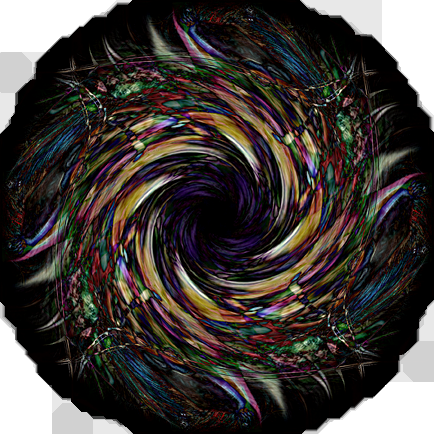Media theorist Marshall McLuhan saw media as extensions of mankind (4), a view that was far ahead of its time when written and one that could also encompass the telecommunications revolution that would unfold in the three decades after his death and beyond. This definition, however, has a drawback – it is too too anthropomorphic. While Marshall was clever to view the highway system and driving as the media that extend humanity's feet, this type of analysis is too limiting.
While pitching could be seen as a medium, with a baseball as possible content, one doesn't have to envision throwing as an extension of the arm to justify its communications potential. In the Domican Republic, for example, hurling a baseball could be a nationalist gesture just as hurling a rock or grenade could be a sign of defiance in Iraq or the Gaza Strip. While outerspace travel could be a medium, with the space shuttle as possible content, it adds nothing to this scenario to require flight to be seen as an extension of mankind's arms. Again, neo-Nazis can use shoelaces as a medium, with red laces as the Hitlerian content, but it adds to meaning or context to see this as an extension of one's feet. The context of the medium can accommodate the low-cost choice of using laces or whatever other meanings may arise out of this choice – and indeed they may see the feet as having some symbolism – but that would be their choice; there is no requirement to see the foot connection as relevant to gaining any more understanding.

Rather than seeing media as the extensions of mankind, one could more profitably define media as tools for communicating with others. In this way, a lightbulb could still be considered as a media as McLuhan desired (8) in that it sends a message to others, without viewing the bulb as some sort of extension of the eyes, if that is in fact how Marshall would have extended his metaphor. It can be a relatively low-resolution source of information, as a binary yes-no answer to the question of if a phone charger is plugged in, or it can have a little more information, such as in a neon sign's advertising for a beer brand.
Either way, it communicates information – that is the pertinent fact. Likewise, this definition could include higher-resolution forms of communication, from tweets to paging to text messaging to faxes to emails to phone calls, videoconferencing, radio broadcasts, televising, blogging and beyond. In doing so, one could consider the implications of media in a more focused way, even when stretching the definition to include railways, airplanes and other McLuhanian actions (4) – all the while rejecting the body extension metaphor.
What then of the waltz? McLuhan would include this dance form as an extension of mankind (22), but does it fit our definition? Is it a tool for communicating with others? It certainly contains and communicates more information than the lightbulb – it communicates class cues as well as indications of rhythm and more, just as jazz communicates musical education, rhythmic choices, outsider status, state of industrialization (27) and more, depending on the context. Similarly, personality would satisfy both definitions, just as Calvin Coolidge's personality was defined as “cool” by newspapers during his presidency (29). That his personality conveyed information is what is important, not that it was an extension of his body.
Seeing media as encompassing all communication tools may not be revolutionary nor original, but it is valuable. It can be broad enough, for example, to count bookseller displays as a media. Walking by a bookstore that has books in the window criticizing president Obama and featuring Dick Armey's Tea Party Manifesto, for example, conveys information about the bookstore's values at the very least. Seeing this book display as a medium also allows for McLuhan's idea of multi-level meida - “The 'content' of any medium is always another medium” (8) in just the same way that the window display's content is the books whose content is the words and pictures within them.
How many people, though, would pass this window without questioning the ideology behind the inclusion of these titles? No doubt a majority, for as Marshall also observes, “any medium has the power of imposing its own assumption on the unwary... but the greatest aid [to avoiding] this is simply in knowing that the spell can occur immediately upon contact” (15). While McLuhan is almost hauntingly perceptive about media, he just needs to let go of his anthropomorphism and instead just see media as tools for communication. While not clever, this definition is both accurate and a useful jumping off point for critiquing these communications.




